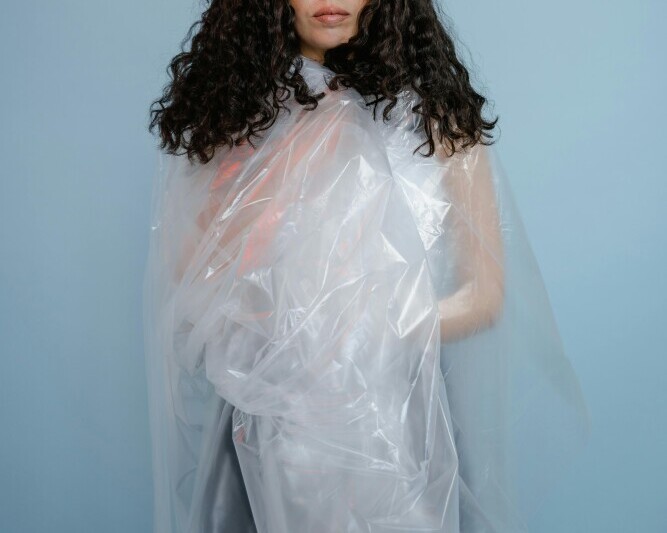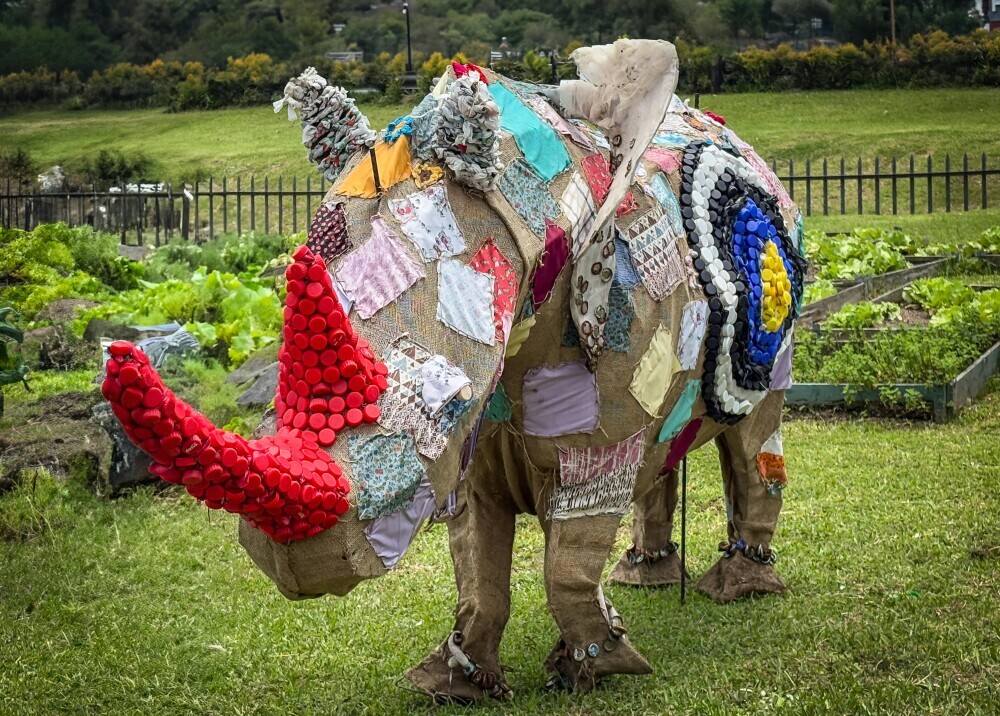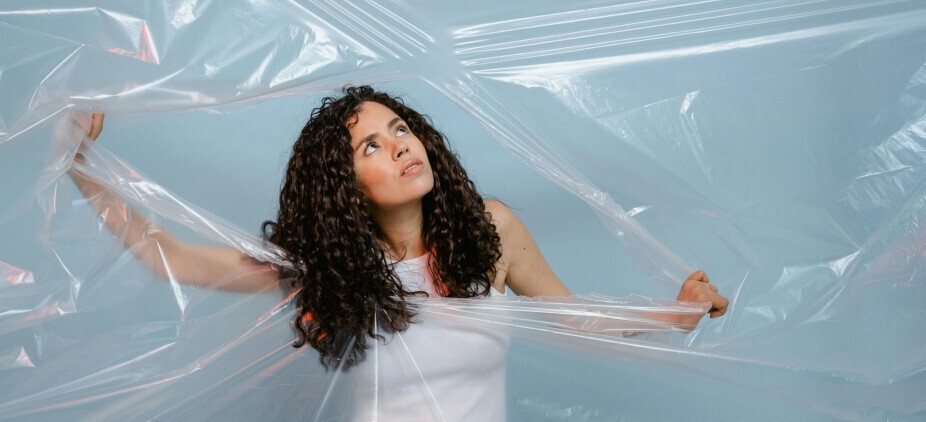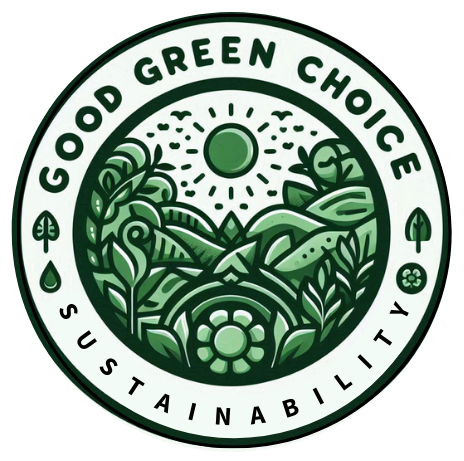Slow fashion isn’t just some trendy buzzword. It’s a thoughtful and intentional approach to clothing where quality takes the front seat over quantity. This style emphasizes timeless designs, sustainable practices, and ethical production. Instead of jumping on flashy trends every season, slow fashion champions investment pieces that last, both in style and durability.
Hello by the way! My name is Anika, and I got sick of the fast fashion industry. Thank you for being here today and joining me on this journey towards sustainability.
Historically, fashion wasn’t always the fast-paced frenzy we see today. Back in the day, fashion had a slower rhythm, dictated by the natural availability of materials and traditional craftsmanship. This meant clothes were made to last and often had some story or purpose sewn into them. Nowadays, slow fashion seeks to return to these roots, borrowing heavily from this historical precedent to offer more sustainable alternatives in the modern age.
What sets slow fashion apart from fast fashion is its core attributes. For starters, slow fashion brands often produce clothing locally or in smaller, thoughtfully planned collections. They focus on quality materials, often opting for organic or recycled fibers. Small details matter a lot in this space – think hand-stitched finishes, eco-friendly dyes, and ethical workplaces where makers are treated fairly. It’s a whole different vibe from the rapid production and disposal culture seen in fast fashion.
Consumer Perceptions of Slow Fashion
In the world of slow fashion, consumer perceptions are as varied as the fabrics used. Some folks get it, while others have a few misconceptions. A lot of people still think slow fashion is just really expensive stuff only eco-warriors wear, when in reality, it’s about choosing quality and sustainability over a barrage of cheaply made clothes.
Social media plays a huge role in shaping these views. Influencers and fashion bloggers are using their platforms to showcase how you can have a killer wardrobe without following every fast fashion trend. They’re key in spreading awareness and making slow fashion feel accessible and cool.
Then there’s the heart of the matter – values. Many consumers today are aligning their purchases with their ethics, prioritizing brands that share their commitment to good practices. It’s all about making sure the stuff you wear reflects what you stand for. Whether it’s supporting fair wages or reducing environmental impact, slow fashion resonates with people who are ready to put their money where their morals are.
 *^ How it feels to wear fast fashion. (Fake! Plastic wrapped in plastic! When will the consumer become plastic as well?)
*^ How it feels to wear fast fashion. (Fake! Plastic wrapped in plastic! When will the consumer become plastic as well?)
The Dynamics of ‘Why‘ in Slow Fashion
Ever wondered why slow fashion earns its name? Unlike its fast counterpart, slow fashion isn’t about churning out clothes by the dozen in record time. It’s about hitting the pause button and focusing on creating something meaningful. Each item tells a story of careful thought and skilled craftsmanship, made to be cherished and worn season after season.
The production processes in slow fashion are pretty different from those high-speed assembly lines we’re used to hearing about. Designers work closely with makers, often in smaller batches that allow for better quality control and less wastage. Materials are carefully chosen, with a strong leaning towards eco-friendly, sustainable options that minimize harm to the planet.
Slow fashion often operates on a much longer cycle compared to fast fashion’s rapid turnover rates. Instead of keeping up with the constant ebb and flow of micro-trends, it releases new pieces slowly, ensuring each item has a reason and a purpose. This means less impulse buying and more thoughtful considerations about what we add to our closets. It’s a model built on patience, intention, and sustainability.
 Here is an inspiring image of repurposed waste! Creativity is slowness in the fast of the world. Take a breath for this: Slowness is an act of rejecting the busy busy world.
Here is an inspiring image of repurposed waste! Creativity is slowness in the fast of the world. Take a breath for this: Slowness is an act of rejecting the busy busy world.
Why Slow Fashion is Important
Slow fashion brings a refreshing twist to the fashion industry by tackling environmental concerns head-on. Traditional fashion methods often lead to heaps of waste and pollution, but slow fashion flips the script with sustainable practices. It focuses on biodegradable materials, eco-friendly dyes, and a production process that uses fewer resources, shrinking the industry’s hefty carbon footprint.
Economically, slow fashion creates a landscape that supports fair trade and equitable labor. Employees in the slow fashion world tend to work under better conditions, earning wages that reflect the true value of their craftsmanship. This conscientious approach benefits everyone along the supply chain, fostering a more just global economy.
Socially, slow fashion’s importance lies in preserving cultural heritage and promoting creativity. Artisans can maintain traditional techniques that are often passed down through generations, enriching the fashion tapestry with diverse and unique creations. This movement is all about celebrating the artistry and individuality that make clothing much more than just something we wear.
Break free of the plastic wrapped around you, suffocation by fast fashion of the fast world! (Opt for slowness) 
The Slow Fashion Movement and Activism
The slow fashion movement is picking up steam and making its mark on the industry. Key players and brands are leading this shift by pushing for greater sustainability, ethical production, and consumer awareness. Companies like Patagonia and Everlane are not just making clothes; they’re setting examples that show it’s possible to be stylish, responsible, and conscious all at the same time.
Activism is the heartbeat of this movement, driving it forward with vigor and passion. Activists and advocates work tirelessly to educate and inspire both consumers and creators, aiming to change the way we all look at clothes. From grassroots initiatives to global campaigns, the force behind slow fashion is strong and vocal.
There are challenges to overcome, of course. Slow fashion faces hurdles like higher production costs and the need to shift entrenched consumer habits. However these challenges also present opportunities for innovation and growth within the industry. By embracing these opportunities, the slow fashion movement can continue to expand its influence and secure a more sustainable future for fashion at large.
Change takes persistence, don’t expect the fast results. Commit yourself to a lifetime of ever-becoming, whoever that is for you 🙂
I love you! And as usual, thank you for following along.
I hope you have a beautiful day!
-Anika Firehammer

Slow fashion beautifully redefines how we view and value our clothing. It’s not just about the garments but the stories, craftsmanship, and ethics behind them. This shift away from fleeting trends toward sustainability and intentionality feels like a return to a more meaningful connection with what we wear. It’s inspiring to see how the movement prioritizes quality, fair practices, and eco-conscious materials while challenging us as consumers to align our wardrobes with our values. Slow fashion isn’t just a trend—it’s a call for mindful living.
Herman, thank you for such a thoughtful message! I appreciate your support and understanding on these subjects. and well, obviously I totally agree, mindfulness regarding the subject of fashion is not to be taken lightly! Especially when fast fashion, fast everything, faster and faster- fastness is ruling the world. Slow fashion, Slowness, alligns us with the slow nature of nature, and in that, the nature of our being.
All the best to you Herman,
Anika